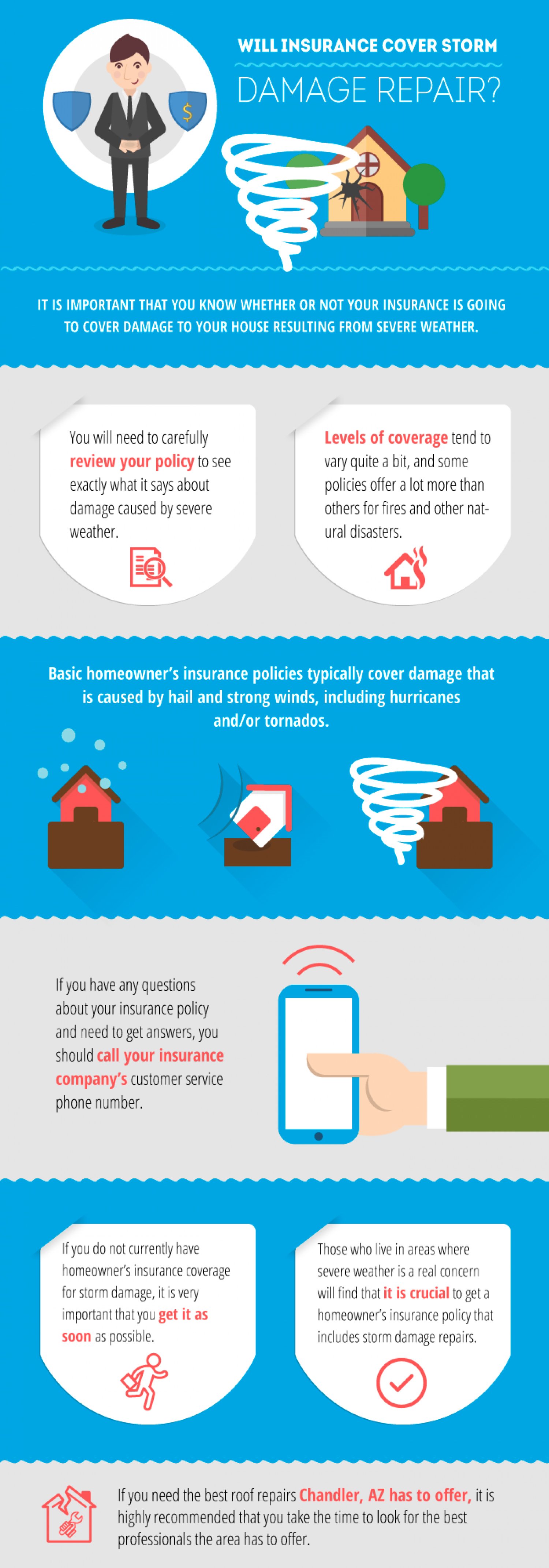Evaluating The Prices Related To Solar Installations: Is It A Beneficial Investment?
Evaluating The Prices Related To Solar Installations: Is It A Beneficial Investment?
Blog Article
Developed By-Rowe Jensen
When considering the costs of solar setup, you may wonder about the upfront investment required and whether it straightens with the possible long-lasting advantages. Comprehending the details of these expenses and the various factors affecting the general return can clarify the value recommendation of transitioning to solar power. By examining both the first configuration costs and the forecasted cost savings with time, you can get insight into whether the investment in solar setup holds pledge for your financial future.
First Configuration Expenditures
When thinking about the costs of solar installment, the first configuration expenditures play a crucial function in your decision-making process. These upfront prices consist of the cost of photovoltaic panels, inverters, placing devices, and installment labor.
The cost of photovoltaic panels can vary depending upon the brand, effectiveness, and dimension you select. Inverters are essential for converting the sunlight's energy into useful electrical power and be available in various types such as string inverters, microinverters, and power optimizers, each with its very own cost ramifications.
Placing tools, such as shelfs and rails, is required to securely install solar panels on your roof or residential or commercial property.
view it covers the specialist installation of the planetary system, making sure that whatever is established correctly and effectively. Remember that while https://pittsburghsolarcompanies10976.blogofchange.com/30387151/the-favorable-results-of-solar-power-on-the-atmosphere-enhancing-your-area-s-health might seem high, there are typically discounts, tax obligation incentives, and financing options available to help counter the costs and make solar installation more affordable over time.
Long-Term Savings Analysis
To comprehend the financial advantages of solar installment gradually, it's vital to perform a detailed lasting financial savings analysis. While the initial setup expenses of photovoltaic panels might seem complicated, the long-term financial savings can surpass these prices considerably. By taking advantage of the power of the sun to produce electricity for your home, you can potentially conserve hundreds of bucks on your utility costs over the life-span of your solar system.
Among the key aspects to think about in a lasting cost savings analysis is the decrease in your power costs. With solar panels, you can create your electricity, lowering or even removing your reliance on the grid. This can bring about substantial financial savings, specifically as energy prices remain to increase.
In addition, several governments offer rewards such as tax obligation credit scores and rebates for setting up solar panels, further improving your long-term financial savings. By making the most of these motivations and maximizing your solar power manufacturing, you can enjoy substantial economic benefits for years to find.
Roi Calculation
Thinking about the economic benefits of solar installation, it's time to examine the Return on Investment (ROI) computation. Establishing the ROI involves contrasting the overall prices of setting up a planetary system with the economic advantages it generates over its life-span.
To calculate ROI, separate the internet profit from the system by the total financial investment price and multiply by 100 to obtain a portion. The ROI formula is: (Net Profit/ Total Amount Financial Investment Cost) x 100.
For instance, if the overall cost of installing a solar system is $20,000, and over its life expectancy, it generates financial savings and profits totaling $30,000, the net earnings would certainly be $10,000. Dividing this by the total financial investment expense of $20,000 provides a ratio of 0.5. Increasing this by 100 supplies an ROI of 50%.
Normally, a higher ROI shows an extra economically satisfying investment. Variables like federal government rewards, maintenance prices, and energy price changes can influence the ROI of solar installations. Understanding the ROI helps in assessing whether investing in solar energy is worth it in the long run.
Conclusion
To conclude, recognizing the costs of solar installment is critical for determining if it deserves the financial investment. By taking into consideration preliminary setup expenditures, performing a long-term cost savings analysis, and computing the roi, you can make an informed choice concerning the financial value of solar power. With the potential for minimized utility expenses and boosted power independence, purchasing solar installation can be a wise option for both your purse and the environment.
